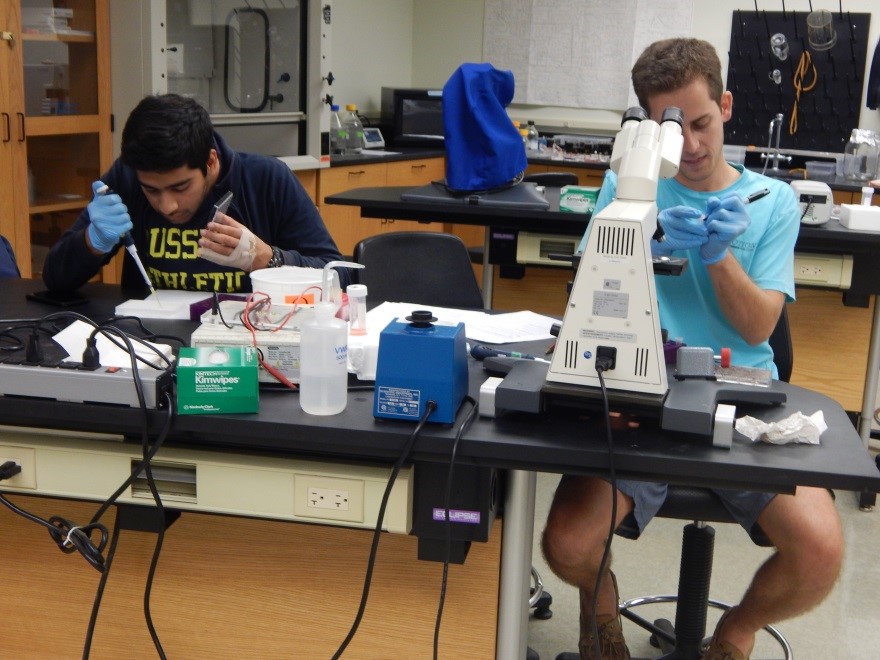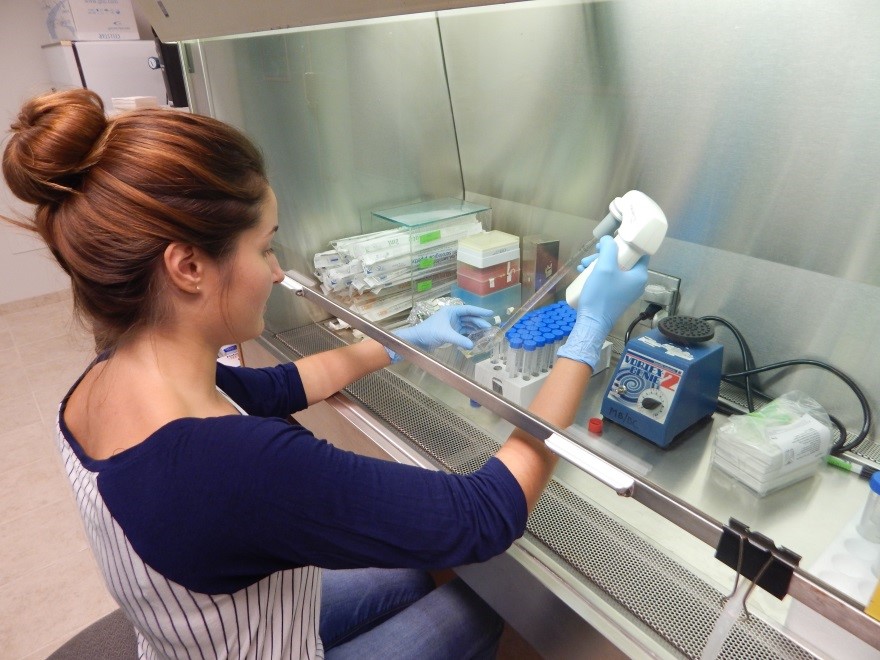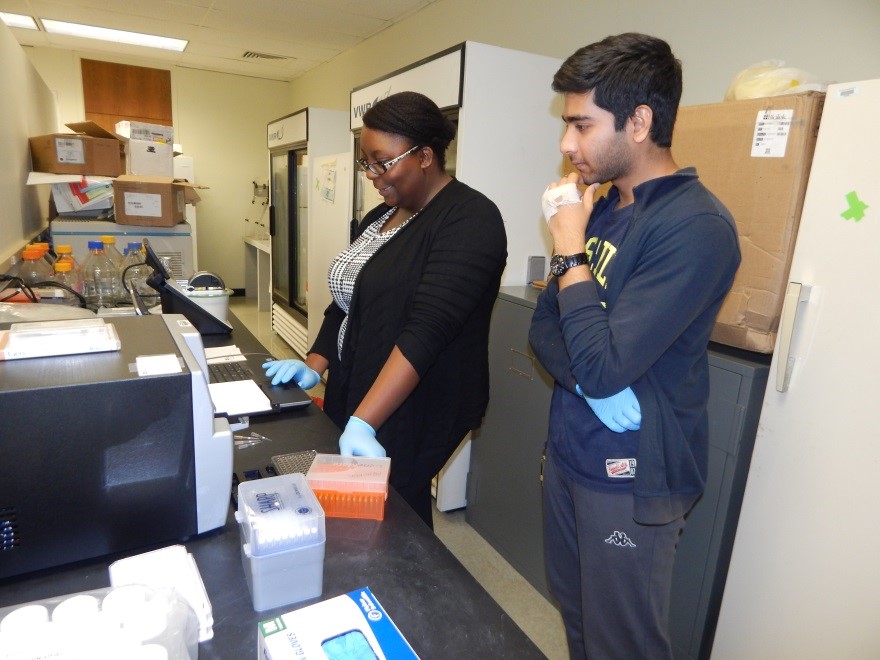Molecular and Cellular Biology
About the Major
The molecular and cellular biology major at Stetson University is designed for students interested in the interface between the life sciences and physical sciences. Molecular and cellular biology is an interdisciplinary science that uses the techniques of biology and chemistry to examine experimental systems at the molecular level.
Degree Requirements
Students must complete the university's General Education requirements for the College of Arts and Sciences, in addition to the specific requirements for the Molecular and Cellular Biology Major.
Lower Division Requirements
- BIOL 100 (Current Perspectives in Biology)
- BIOL 141 and 142 (Introductory Biology I and II)
- BIOL 243 (Biostatistics)
- CHEM 141 and 142 (General Chemistry I and II)
- CHEM 201 (Organic Chemistry I)
- MATH 131Q (Calculus I with the review, part 2), 141Q (Calculus I with Analytic Geometry), or 151 (Mathematics for the Life Sciences)
Upper Division Requirements
- BIOL 300 (Molecular Biology and Biotechnology)
- CHEM 301 (Organic Chemistry II)
2 courses from:
- BIOL 302 (Genetics)
- BIOL 425 (Cell Biology)
- CHEM 204 (Biochemistry I)
2 courses from:
- BIOL 301 Microbiology
- BIOL 314 Immunology & Hematology
- BIOL 315 Endocrinology
- BIOL 401 General Physiology
- BIOL 409 Neurobiology
- BIOL 410 Developmental Biology
- BIOL 410 Cancer Biology
- BIOL 422 Molecular Ecology
- CHEM 304 Biochemistry II
- BIOL 497 (Research Proposal)
- BIOL 498 (Senior Research I)
- BIOL 499 (Senior Resaerch II)

Sharjeel Qureshi and Sean McKnight analyzed data collected from their lab research project experiment.
Students in molecular and cellular biology study the structure and function of biological macromolecules and examine mechanisms of gene expression, DNA damage and repair in eukaryotic and prokaryotic cells. Students study modern techniques used in molecular and cellular biology including polymerase chain reaction, Western blotting, fluorescent microscopy and genome editing. Students working in groups or 2 or 3, use primary literature to design novel research lab projects that examine changes in cell growth, metabolic activity and gene expression in human cancer cells after treatment with a naturally occurring plant-based compound. Students utilize a tissue culture teaching facility to maintain their human cell cultures, perform experiments and analyze data obtained.

Monika Chojnacka working with her human cell cultures in the laminar flow hood.

Professor Roslyn Crowder and Sharjeel Qureshi using the bioluminescent plate reader.